

Unlawful video surveillance of unsuspecting individuals using spy cameras has become an increasing concern. To mitigate these threats, there are both commercial products and research prototypes designed to detect hidden spy cameras in household and office environments. However, existing work often relies heavily on user expertise and only applies to wireless cameras. To bridge this gap, we propose HeatDeCam, a thermal-imagery-based spy camera detector, capable of detecting hidden spy cameras with or without built-in wireless connectivity. To reduce the reliance on user expertise, HeatDeCam leverages a compact neural network deployed on a smartphone to recognize unique heat dissipation patterns of spy cameras. To evaluate the proposed system, we have collected and open-sourced a dataset of a total of 22,506 thermal and visual images. These images consist of 11 spy cameras collected from 6 rooms across different environmental conditions. Using this dataset, we found HeatDeCam can achieve over 95% accuracy in detecting hidden cameras. We have also conducted a usability evaluation involving a total of 416 participants using both an online survey and an in-person usability test to validate HeatDeCam.
HeatDeCam was developed by the following team of academic researchers:
Zhiyuan Yu at Washington University in St. Louis
Zhuohang Li at University of Tennessee, Knoxville
Yuanhaur Chang at Washington University in St. Louis
Skylar Fong at Washington University in St. Louis
Jian Liu at University of Tennessee, Knoxville
Ning Zhang at Washington University in St. Louis
Contact us at yu.zhiyuan@wustl.edu


Motivation of This Work
This work is motivated by the gap between existing detection methods and our observations on the heat dissipation patterns of spy cameras.
There have been both commercial products and research prototypes that leverage radiofrequency (RF) signals and optical reflections to detect spy cameras. While achieving impressive detection performance, they could be limited in detecting non-wirelessly connected cameras and usability. To fill the gap, we leverage thermal imagery as the detection vector. An example of heat dissipation patterns is shown in the figures below.
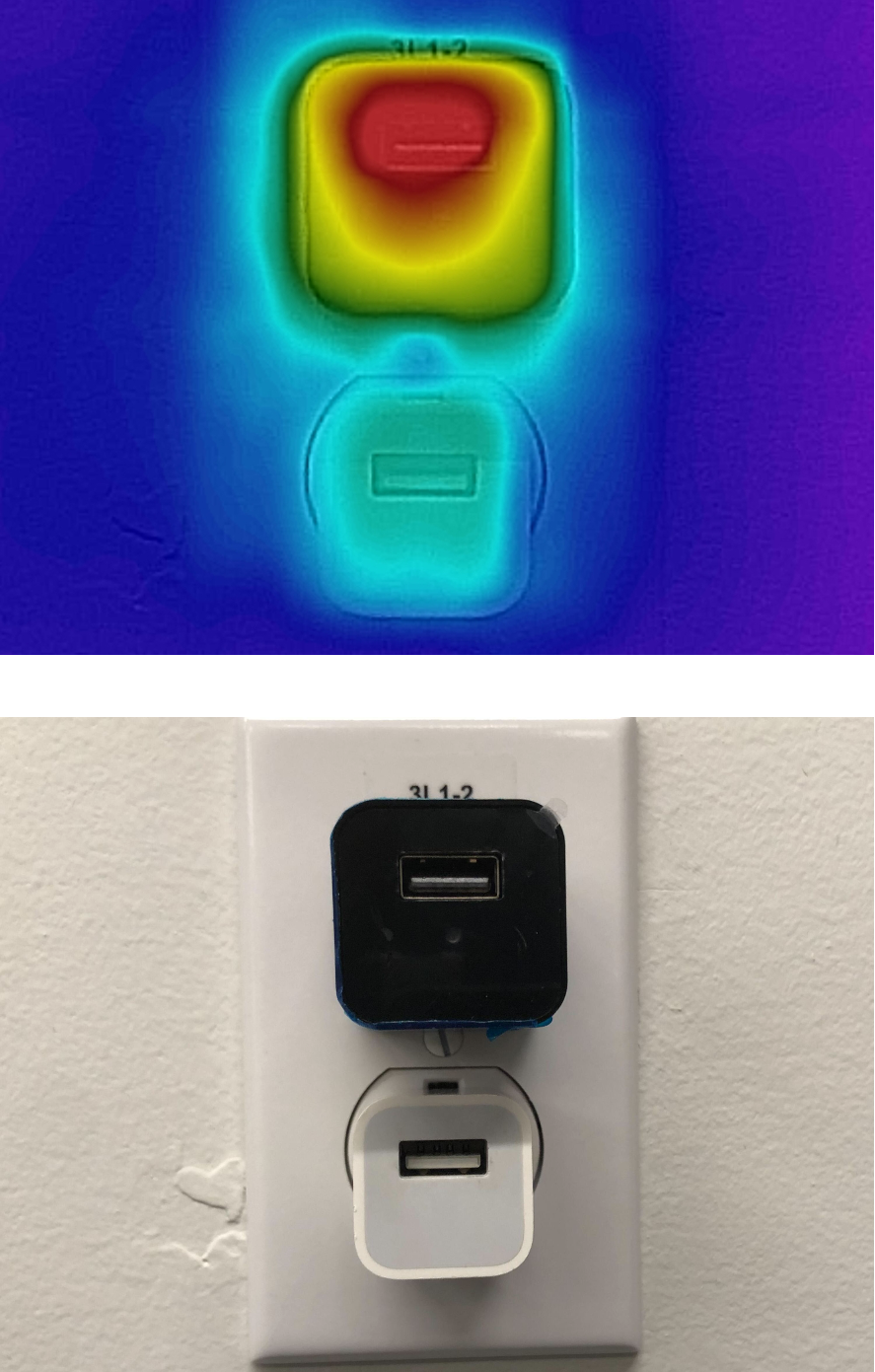
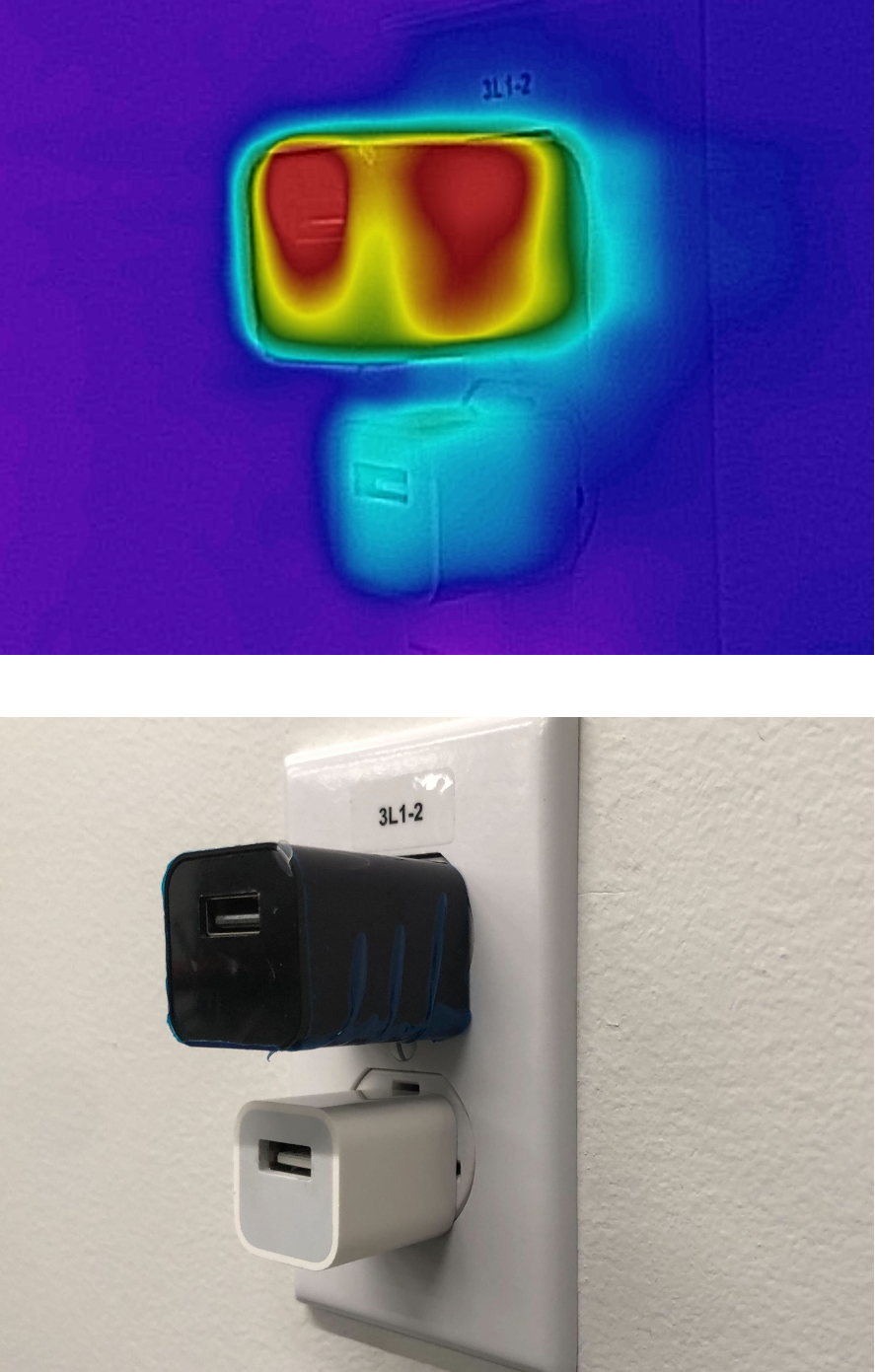
We observe that the spy camera disguised as a charger plug (at the top in black) exhibits additional uneven heat distribution, as compared to the regular charger plug (at the bottom in white). This is because spy cameras have to add unique hardware components (e.g., SD cards, image sensors) without changing the original form factor. It will unavoidably affect the internal layout that was originally optimized for heat dissipation.
Key Approach
However, it is almost impossible for we to require users to manually distinguish heat patterns with their raw eyes. We develop a data-driven approach with designed neural network model to recognize and locate the spy cameras.
We collect the first thermal image dataset of spy cameras. It consists of over 22,056 images collected from six rooms across three scenarios, Airbnb, hotel, and office. A total of eleven heterogeneous spy cameras with varying properties in appearances, functionalities, brands, and costs.
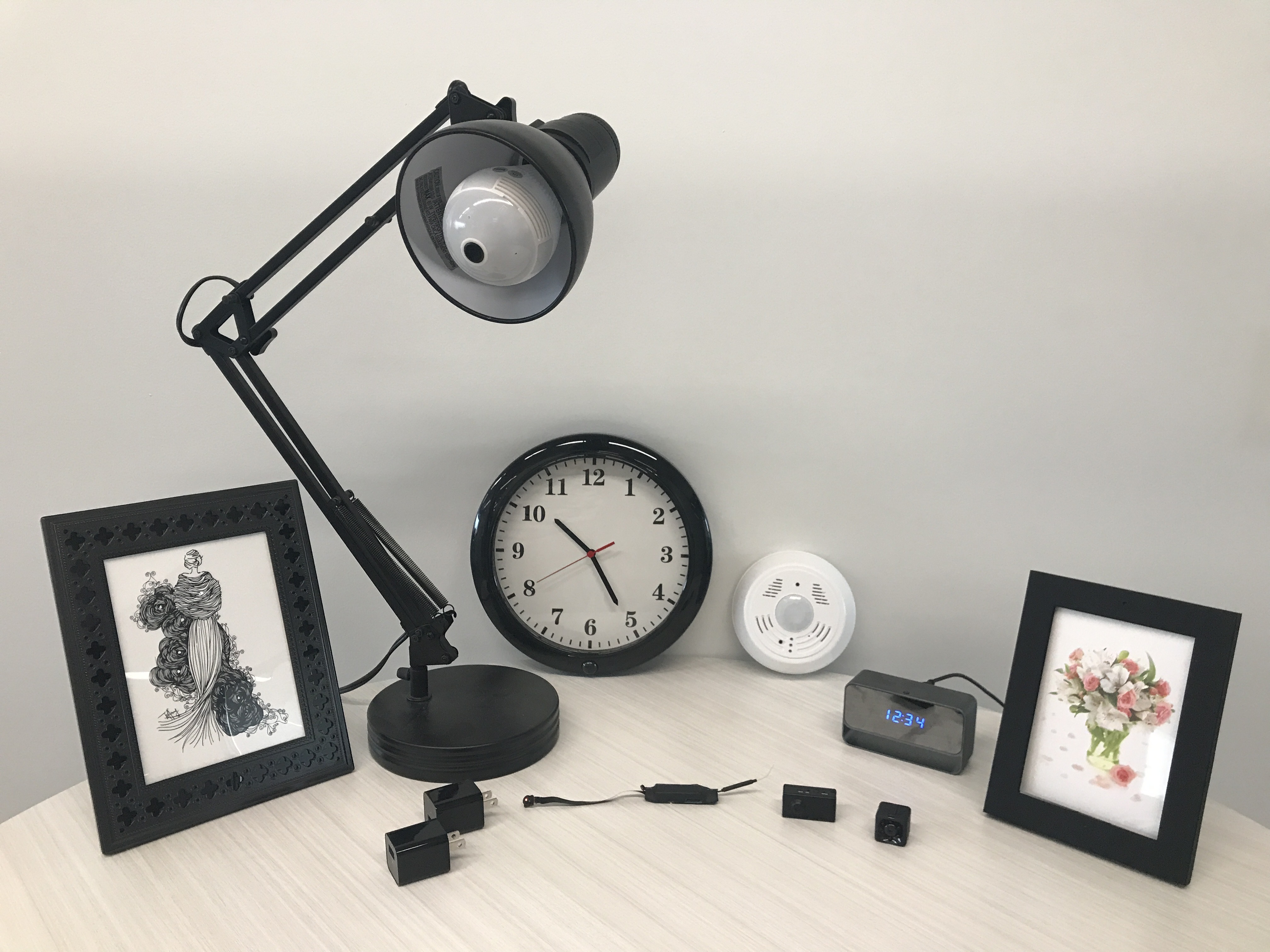
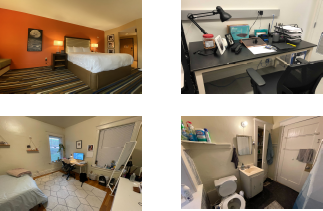
The overall workflow of our detection algorithm is depicted in the figure.

The key design elements include:
The structural design of the neural network incorporates ResNet-based feature extration and attention module that enables effective learning of heat pattern features.
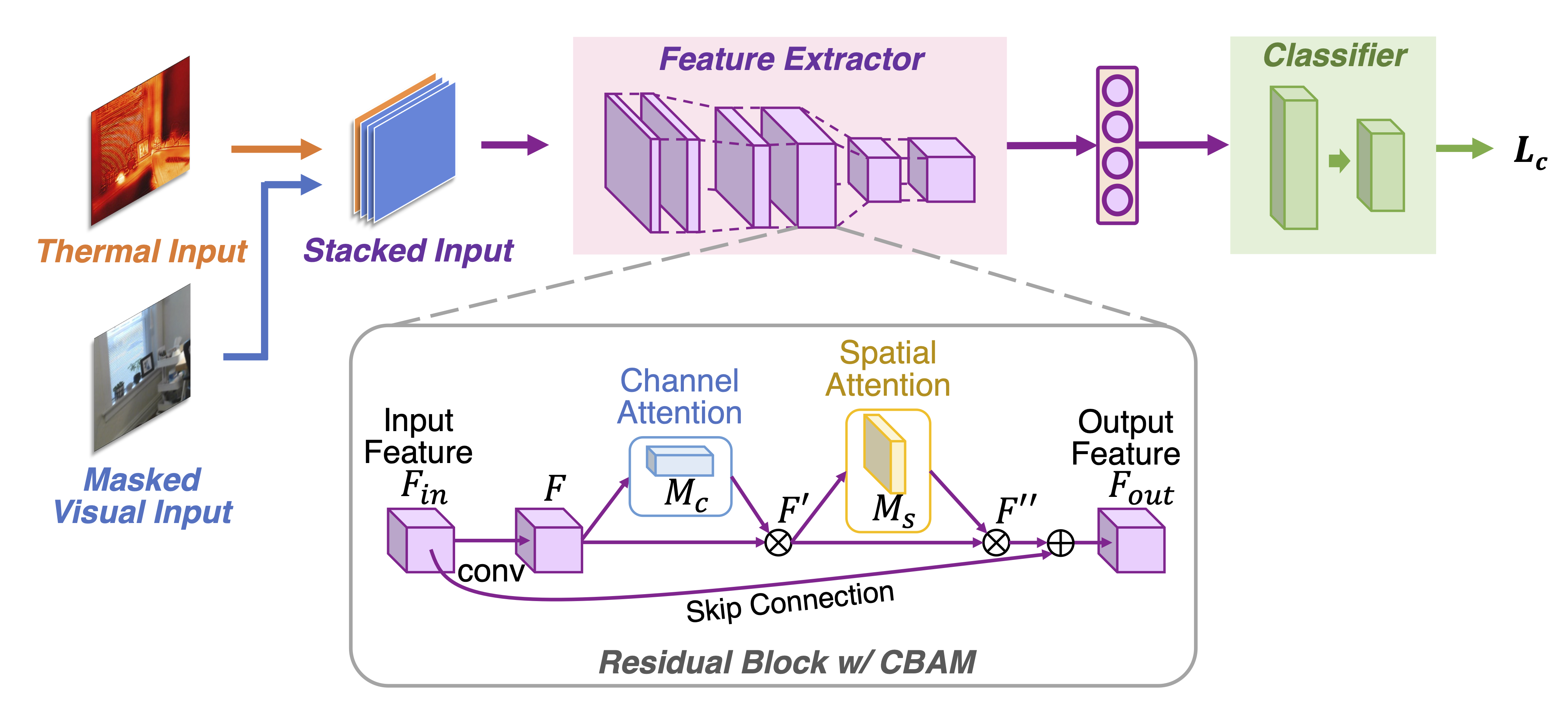
Experiments in the Real World
We developed an Android app as a prototype of our approach. Besides the evaluation of our collected dataset, we also invited people to use our prototype to find hidden spy cameras deployed in a simulated room. Our method is shown to be superior to commercial products in both detection rate and false positive. To test the robustness in high-temperature environments, we also conduct experiments in a room with a temperature over 104°F.
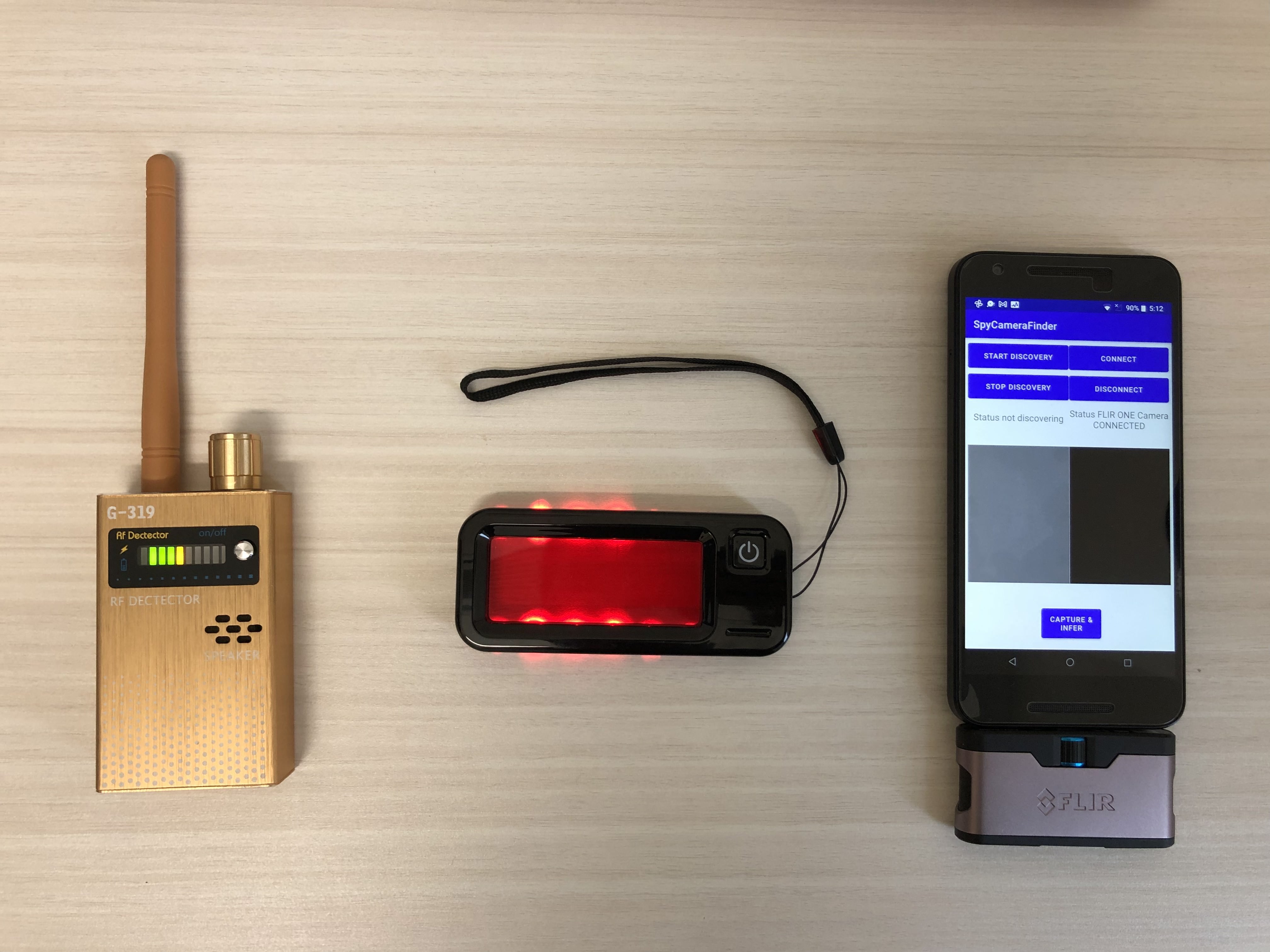
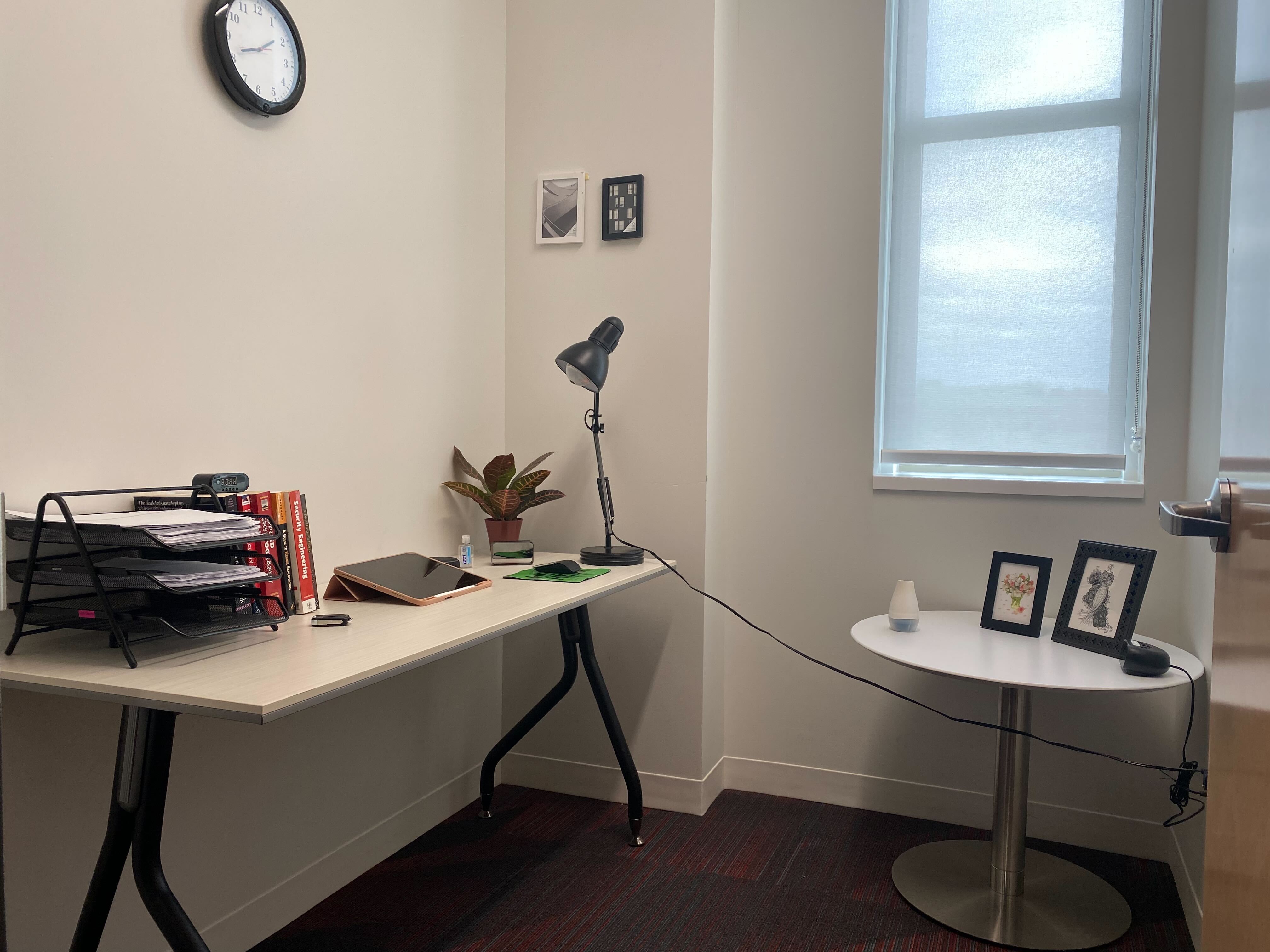

For more details of our work, please see our paper and code. Also please contact us if you have any questions!